Alankrita Goswami, assistant professor, University of Manitoba

Alankrita Goswami is an assistant professor in the Department of Agricultural Economics and Agribusiness at the University of Manitoba (U of M). She holds a master’s in rural management, an engineering degree in biotechnology and a PhD in agricultural and applied economics from the University of Georgia. Goswami lives in Winnipeg and works at the U of M Fort Garry campus.
Where did you work before the U of M?
I was working as a PhD student for four years at the University of Georgia in the United States, and then I came to Canada to work at the U of M.
What got you interested in this area of work?
Economics always interested me. I was doing my engineering degree in biotechnology back in India and in my third year I wanted to be in a workspace where I could somehow contribute to the community. There is a tradition of teaching in my family, both my mother and grandmother are teachers and many of my aunts are teachers.
With an original interest in contributing to the rural community in India, I went for an MBA with a specialization in rural management. It was a very structured program where I had three internship components and got to live and work in different villages.
This shifted my areas of focus from biotech to rural management, and then I started as a pre-doc at the International Water Management Institute-TATA Policy program in India. This got me into agricultural economics as I began looking into irrigation and how it contributes to the ag economy back in India. Then the transition was complete – I began my PhD after that.
Tell us a bit about what you’re working on at the U of M.
In terms of teaching, last semester I taught the agricultural marketing course and this semester I am teaching applied econometrics.
My PhD dissertation chapters were on U.S. agricultural futures markets. My research was mostly geared towards looking at futures markets as a risk management tool for farmers and their effectiveness, especially during anomalies such as what we call non-convergence in the markets. This is when the futures markets are not aligning with the cash markets and dissecting what the possible reason(s) could be.
Futures markets, by design, incorporate not just current supply-related information in prices, but also related to future supplies. In a current project, I am looking at the interconnectedness of markets such as Canadian canola and U.S. soybean oil in the context of anticipation of future supply shocks.
We are studying the transmission of the impacts of expectations of future supply shocks from one market to the other. This will help us understand how these markets are interconnected with each other through the market expectations channel. By conducting such research exercises we intend to distill information on what future supply disruptions mean in context of farmers’ risk management strategies involving futures markets. We also intend to extend this work to include impact of anticipation of future supply disruptions in livestock markets.
Another area I’ve started into is microstructure of agricultural futures markets. At the microstructure level of agricultural markets, we aim to study the traits of the market at a higher time resolution (such as nanoseconds). Understanding market activity at such a micro level can be key to distilling information on aggregate trading behaviour of ag-market participants. Such information can be of utility to users of ag futures, such as farmers, ag businesses, etc. By studying micro-level details of ag-futures markets, I will aim to translate learnings from this work into information of practical utility for the users through a series of technical bulletins.
What can you say about the value of farmers providing funding and support to your organization?
Such funding is of great help to researchers like me who want to contribute to the agricultural community through our work. It provides the opportunity to leverage resources to study issues plaguing the agrarian landscape and come up with solutions to such issues.
How does that farmer funding and support directly benefit farmers?
The extension-centric work in the coming months will be very important. Technical bulletins aimed at the farming community for example, be it the work on looking at anticipations of supply shocks on ag markets or be it this very aspect of looking at the market at a very micro level, I want to translate the information generated from my work into practical utility for farmers.
How do you spend your time outside of work?
I have always been a voracious reader. I like running and I am hoping to get back into painting this winter. I like to go back to a memory, think of something and paint it.
What is the best part about your job?
I love research. I like to inspect things and dissect social issues that might be impacting the agricultural economy, and I like engaging with farming communities. Agricultural policy also interests me and my job is a mix of everything I love, including teaching.
What is your favourite food or meal to cook?
I love Italian food. My mother is a very good cook and she would always be preparing it in so much detail, and when you watch a person prepare food with that much love and attention to detail, it gives you the feeling they are creating something important. She really got me hooked on Italian food.
Follow @alankrita10 on X (formerly Twitter).


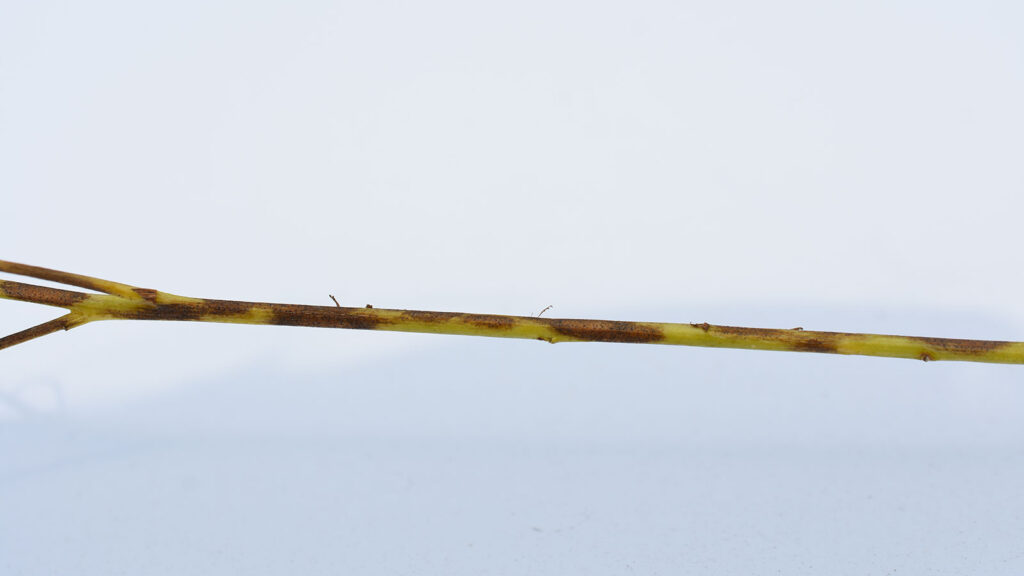
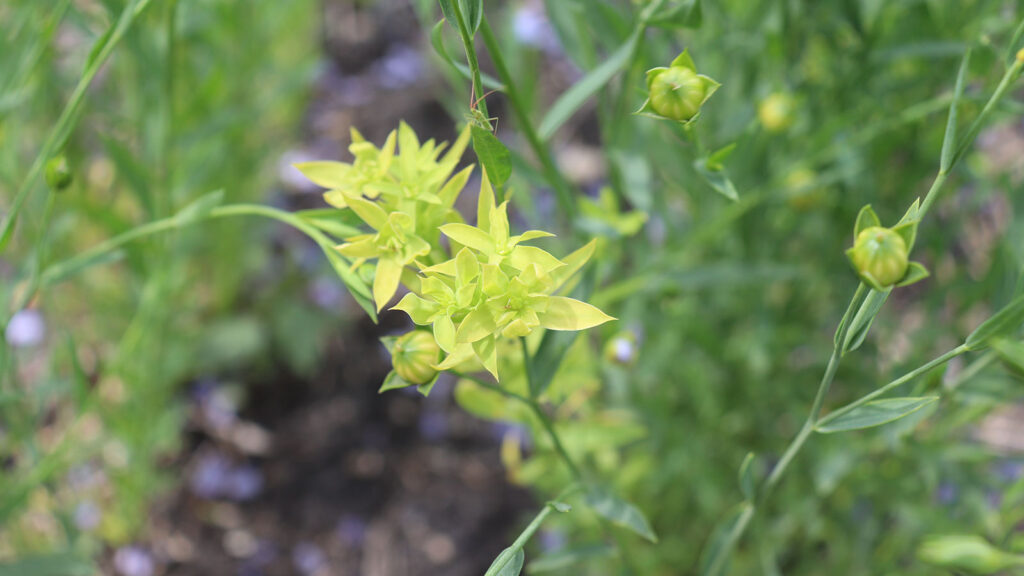

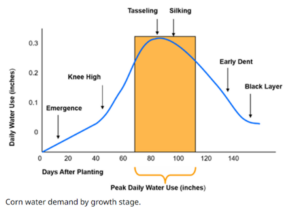
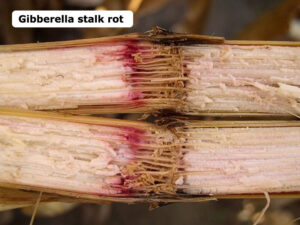
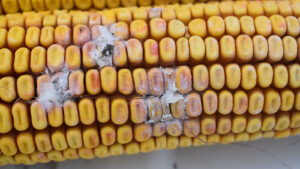

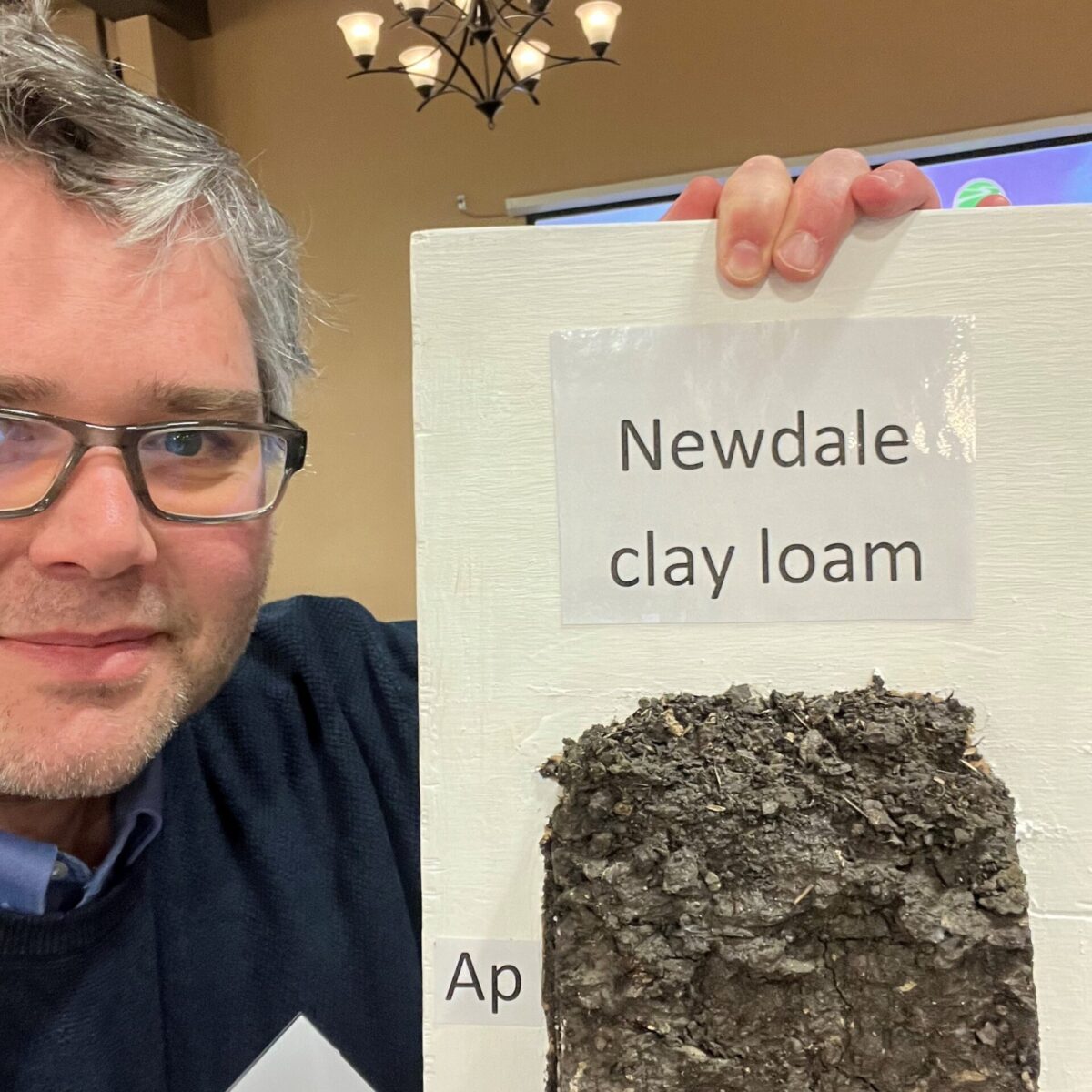
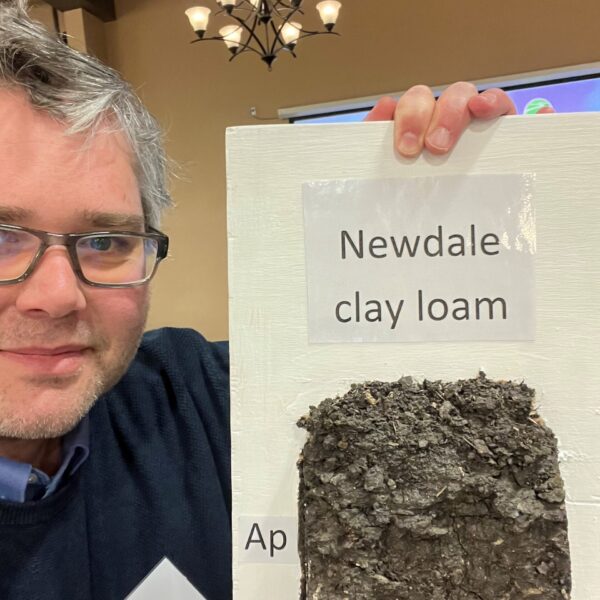




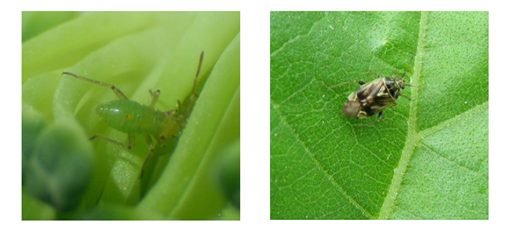
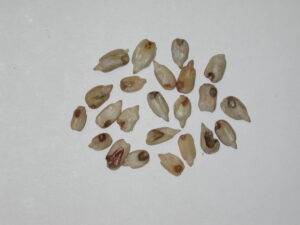 Lygus bugs can damage 30 to 35 seeds per head per adult. With the industry standard allowing for a maximum of 0.5 per cent kernel brown spot, the economic threshold for lygus bugs on sunflowers is about one lygus bug per nine heads. In research trials, damage to sunflower heads was approximately twice as severe when infestations occurred at late bud and early bloom compared to stages when heads had completed flowering. Thus, lygus bug management should be initiated prior to or at the beginning of the bloom stage if adult densities approach the economic threshold. Also, fields should be monitored for lygus bugs until flowering is complete to reduce incidence of kernel brown spot damage to confection sunflowers.
Lygus bugs can damage 30 to 35 seeds per head per adult. With the industry standard allowing for a maximum of 0.5 per cent kernel brown spot, the economic threshold for lygus bugs on sunflowers is about one lygus bug per nine heads. In research trials, damage to sunflower heads was approximately twice as severe when infestations occurred at late bud and early bloom compared to stages when heads had completed flowering. Thus, lygus bug management should be initiated prior to or at the beginning of the bloom stage if adult densities approach the economic threshold. Also, fields should be monitored for lygus bugs until flowering is complete to reduce incidence of kernel brown spot damage to confection sunflowers.
